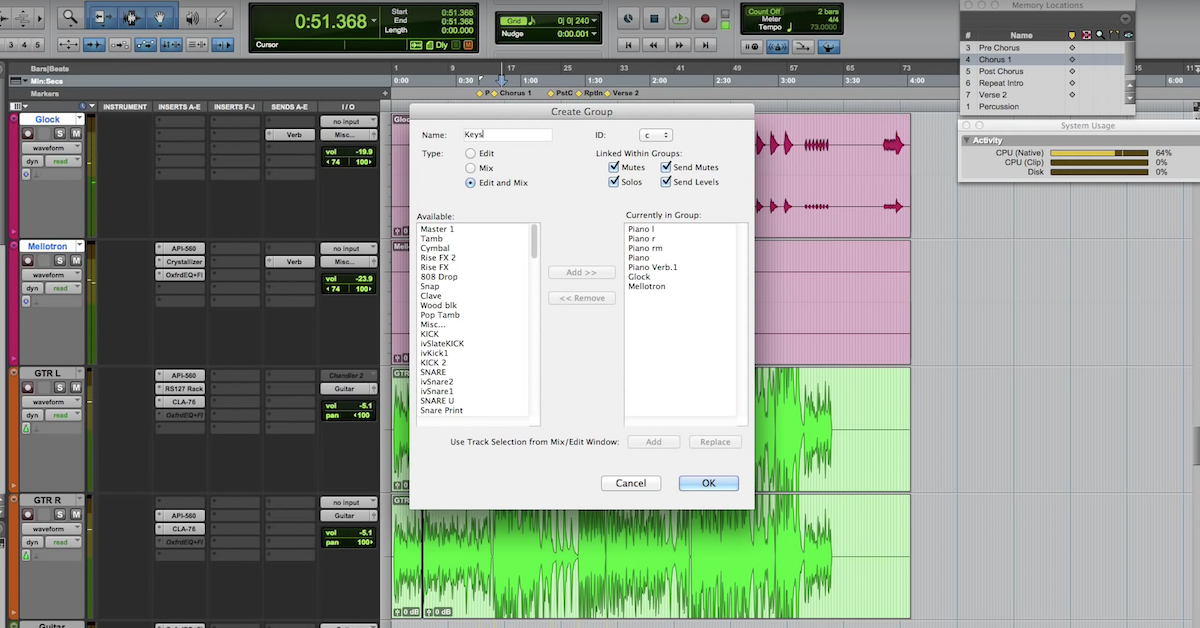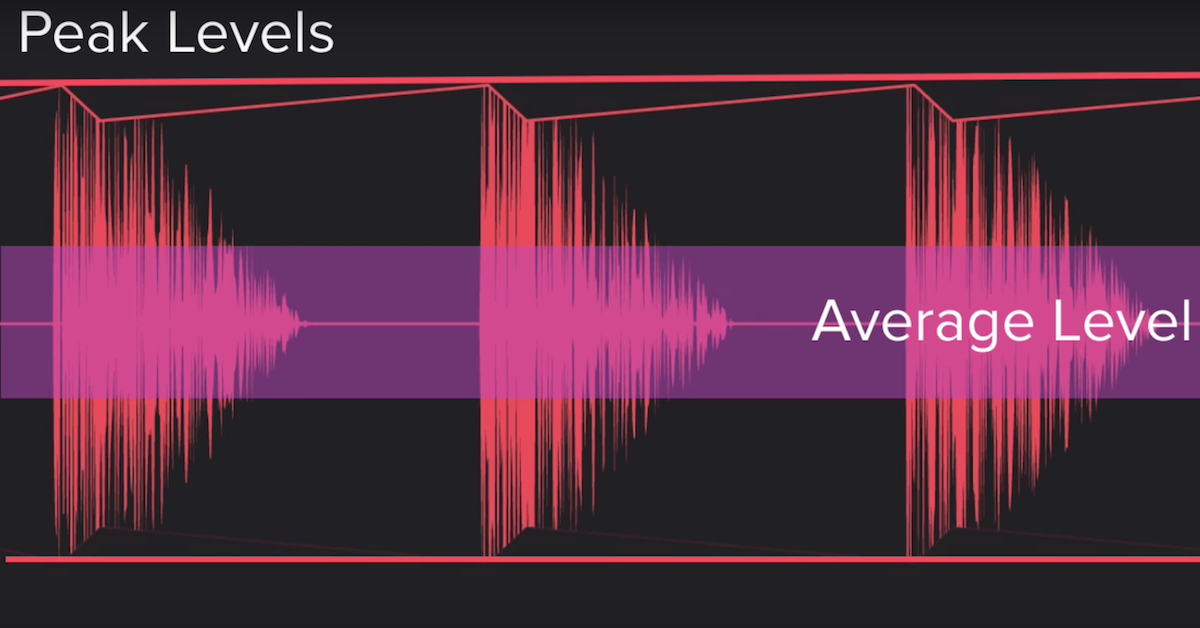7 Tips for Better Remote Recording Sessions
Article Content
For a lot of producers and musicians, a new line of work has opened up though the Internet. We’re now getting hired to record remotely with artists we’ve never met in person. There are even websites like Airgigs that act as hosting sites where artists, musicians, mixers and producers can meet.
For a lot of artists, it’s liberating to be able to find collaborators if your physical location is limited. Do you want a soul-inspired rhythm guitar track? No problem. You can find someone who not only is highly experienced in that style but also has a professional recording setup.
With this new line of work comes a new learning curve. At first, it’d seem as if you’d run a session like you always do. However, it can be a bit different. Communication is much more complicated when you’re not in the same room.
It’s important to be very clear on remote sessions. Response time is much slower online. You could end up putting a lot of time into a part that the artist may dislike. Normally, this would be sorted out in seconds face-to-face.
Here are some tips for navigating this new medium of recording.
1. Reference Tracks
I won’t do a mobile session for anyone that doesn’t provide me with a reference track of their desired tone or vibe. It gives me a compass as to the direction they’re looking for. The last thing I want in a mobile session is no direction.
Having an artist say “do your thing” is extremely risky. It often doesn’t end well. Even when somebody says you have free rein, they usually have certain expectations in mind. They often don’t match up. Interpretation can be such a broad thing.
When someone sends me a reference track, I can listen to the tone and vibe. I can hear the velocity of the playing. These are all useful hints. In the end, I’m not going to copy the reference, but simply use it to get on the right path.
2. Stems
As great as this new medium is, it has opened the door for a lot of less experienced engineers. You may get a mix to lay guitar on top of where the drums are way too quiet. This presents a problem when you need to lock in the time and feel.
This is one reason I like to get stems or groups of tracks. A stereo track of drums, a stereo track of acoustic guitars, a stereo track of keys, etc.
This also allows me to spotlight a part if I need it. As I’m laying in parts, I may want to listen closely to the piano. Maybe the part I’m writing harmonizes with the piano. If it’s buried in the mix, I can’t hear it. This means I may not be able to fully realize the part.
With stems I can create my own headphone mix which is crucial. This also speeds up my process.
3. Conversation
When I’m asked to play on a track, I like to have a dialog longer than, “can you play some electric guitar on my song?” I want to know the expectations of the artist. What are you trying to achieve with the arrangement? How is it supposed to make people feel when completed?
In combination, I also want to hear an artist’s dislikes. Tell me the sounds and types of parts you can’t stand. Let it all out. This helps me stay clear of imminent doom.
Get to know who you’re working for. You won’t be able to size them up the same way as in person.
You can’t get an instant sense of someone in the virtual world. You have to dig a little deeper into our virtual reality. The more time you put in asking questions, the more time you’ll save when recording.
4. DI Backup
I record real amps. I prefer the sound most of the time. Because of the uncertainty of remote tracking, I take an extra step in case the artist doesn’t like a tone.
I always record a DI track that remains silent unless I need it. Think of it as a safety. It’s much quicker to reamp a signal than to do another performance. It’s rare that I need to reamp (except for special effects), but when I do, I’m glad I took the extra step.
5. Keep Documentation
Write down everything you use on a track. If you start a working relationship with someone remotely, there will be a universe of sounds that work.
I note what guitar, pick, pickups, pedals, amps, mics, mic preamp, and compressor I use for every track. I find this to be very important in building sounds for a record.
There are also options in Pro Tools and Logic to keep notes with each session. Use them.
6. Revisions
Because of the nature of the work, you have to be understanding of a few rounds of revisions. It’s important to have a limit, but you have to be reasonable.
This may mean keeping the same setup until the track is done. This is part of the ever-changing industry. It’s not unreasonable to set a deadline though. Setting a time period for revisions could help the situation.
I ask that revision requests happen within 24 hours of submission. That way, I don’t have to keep the same amp setup for a week.
7. Just Say No
You don’t have to take every gig that comes your way.
A gig that ends poorly will have longer lasting effects than losing the work. Choose wisely.






